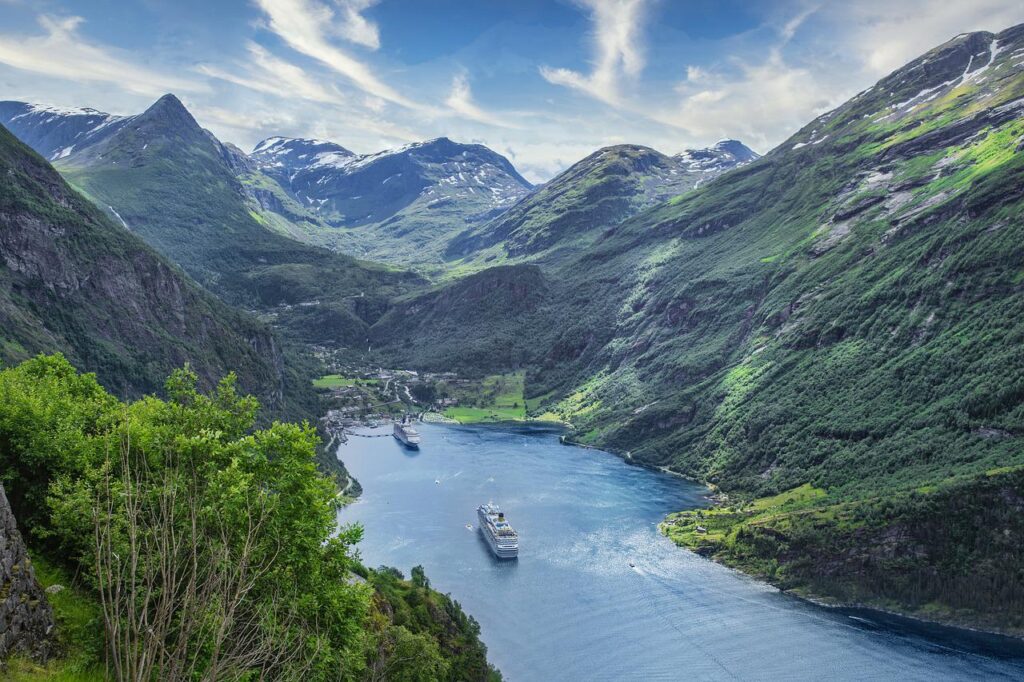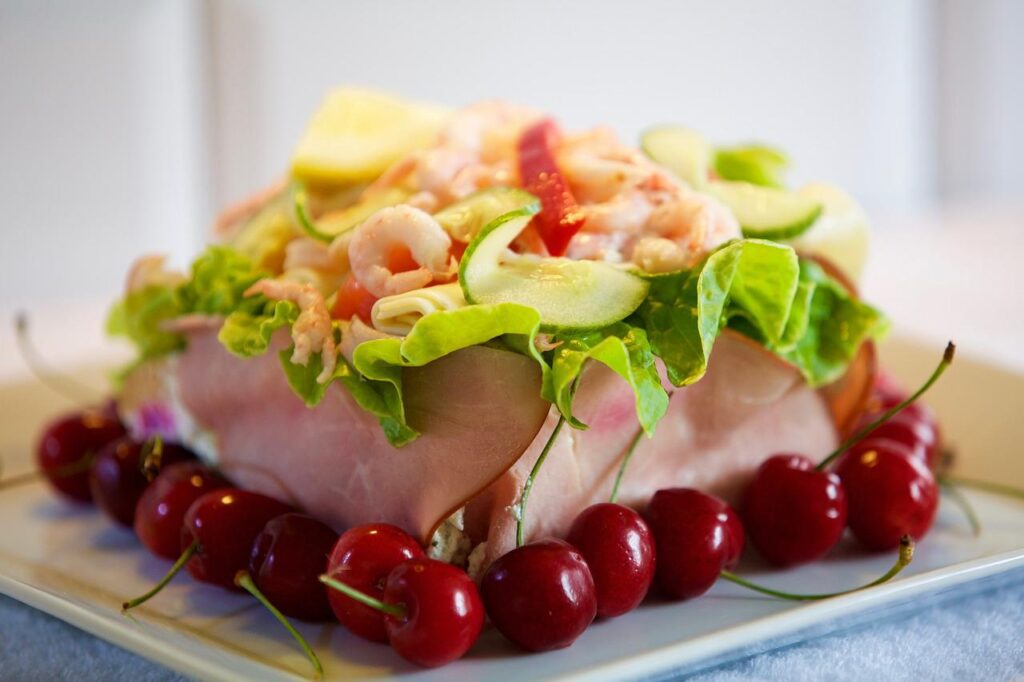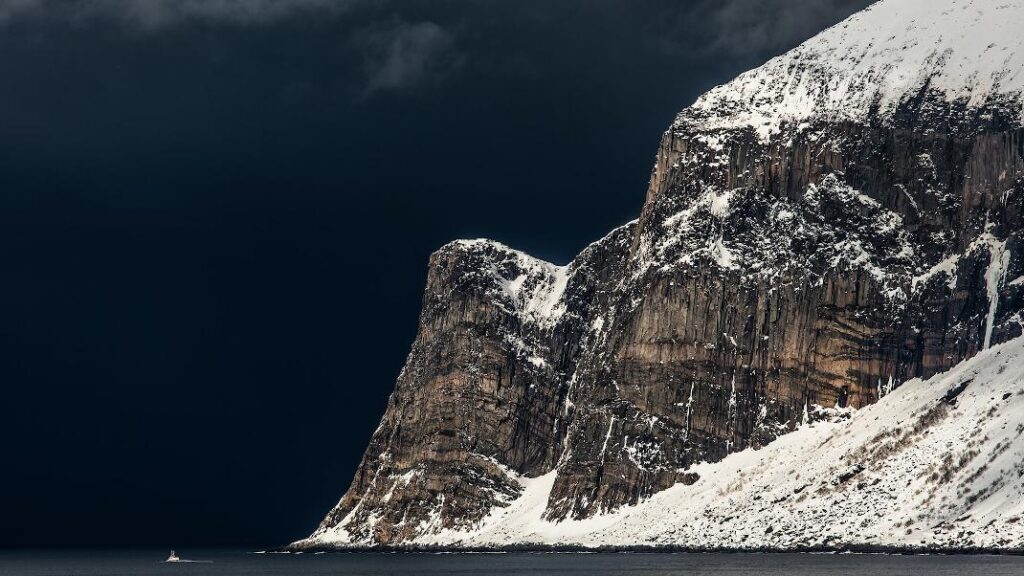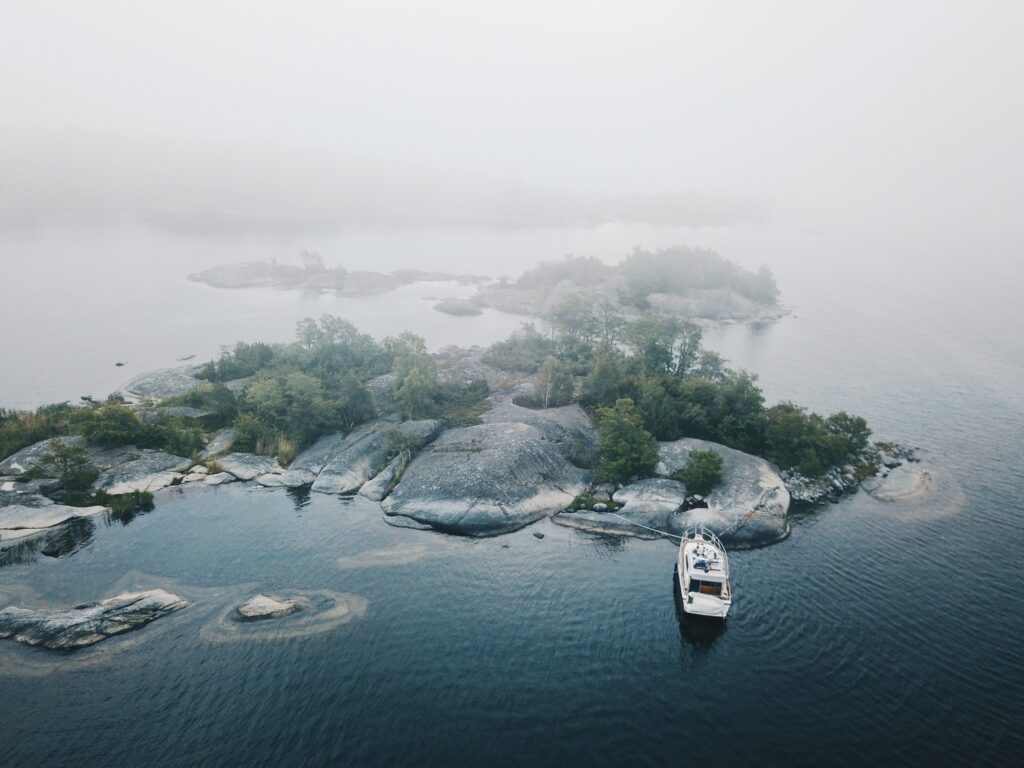Scandinavian Art
Scandinavian art is a term used to describe Scandinavia’s visual arts and crafts. Denmark, Norway, and Sweden, the three Scandinavian countries, share cultural heritage and separate artistic traditions. The history of Scandinavian art has been influenced by the availability of natural resources (such as rock and wood) and the region’s climate. The Sami people are also known for their distinctive folk songs sung to a yoik beat made with animal bones. Scandinavian visual arts are especially well-known for their focus on simplicity and minimalism, rooted in their Viking heritage. Kinds Of Scandinavian Art Scandinavian art has been described as minimalist and functional, focusing on functionality and simple lines. The Vikings were active traders who explored and conquered lands far from their homelands, and they were also skilled craftsmen who created beautiful jewelry, wood carvings, stone sculptures, and textiles. The following are the famous three art styles in Scandinavia: Jelling style Jelling is a style of Scandinavian art that emerged in the 10th century, during the Viking Age. The Jelling style is characterized by rich and detailed ornamentation, with interlaced animal motifs, such as dragons, snakes, birds, and fish. Ringerike style The Ringerike style is an artistic movement that emerged in Norway during the late 11th century and lasted until about 1300 CE. It was characterized by elaborate and intricate ornamentation, featuring intertwined animals and abstract patterns that were often similar to Celtic art from Britain and Ireland. Urnes Style The Urnes style is given to a group of late 12th-century and early 13th-century Viking art with marked Byzantine influences. The style is characterized by animal ornamentation exhibiting key patterns, interlace, and zoomorphic forms. Its main centers were in Norway, with additional ones in Sweden and England. Significant Paintings at Nationalmuseum in Sweden The Nationalmuseum (Swedish: ‘National Museum’) is Sweden’s largest museum of art, located on Skeppsholmen in central Stockholm. The museum’s benefactors include King Gustav III and Carl Gustaf Tessin. The museum has a library with books, manuscripts as well as drawings. Norwegian Mountain Landscape (1819) The painting Norwegian Mountain Landscape (1819) is considered one of the finest landscapes in the history of Swedish art. It was painted by Johan Fredrik Eckersberg, one of the most influential artists in his country during the 19th century. This piece shows the Scandinavian fjords and mountains as an inspiration for many other painters in Europe. The work has been restored several times because it was damaged during World War II bombings in 1944. The Water Sprite This painting is by Anders Zorn, born in Mora, Dalarna. He is one of the most famous Swedish artists, and he has been called “the last Viking” by some because of his strong association with the Swedish people and their traditions. This painting shows a young boy who has just jumped into the water to swim. He is naked except for a small cloth around his waist. He looks like he is having fun and enjoying himself as he plays with his friends in the lake. Girls from Dalarna Having a Bath This painting is by Carl Larsson, born in Stockholm but later moved to Dalarna. This was one of several paintings he did depict girls from Dalarna having a bath or taking part in other activities outdoors. The painting shows several girls lying on their backs while they look up at the sky. They are also bathing in water that comes from a watering can above them so that it falls onto their bodies like raindrops! The Jurist (1566) by Hans Bollongier The painting depicts the jurist and statesman Johan van Oldenbarnevelt, who was beheaded on May 13, 1619. The artist portrays him as a serious and virtuous man in his forties, with a broad forehead, high cheekbones, and dark hair. He is dressed in black with a white collar and cuffs and holds a book in his hands. The background shows a view of the city of Amsterdam with its church towers, warehouses, and houses. Bringing Home the Body of King Karl XII of Sweden (1884) This is another excellent piece representing this period in Scandinavian art. It shows how important it was for artists to express their history through paintings or sculptures. This piece represents a moment when Sweden brought back their King’s body after he died fighting against Russia while defending his country from being invaded. Young Man with Parrots and Monkeys (1670) This portrait shows an elegant young man posing in front of a curtain decorated with parrots and monkeys. The artist depicts his sitter as fashionable: he wears a green velvet jacket with gold buttons and large sleeves over wide trousers tucked into boots with red heels; an embroidered waistcoat completes his clothing with lace ruffles at the neckline and wristbands. His hairstyle is also very contemporary: long locks are gathered up behind his ears into two curly tails which fall onto his shoulders. Most Famous Artists Of Scandinavia Many artists from Scandinavia have made a name for themselves in the world of art. Many of these artists have been inspired by the natural beauty of their surroundings. Consequently, they have dedicated their lives to expressing this through their art. The most famous artists from Scandinavia include: Edvard Munch Munch was a great expressionist painter born in Norway. His work was a significant influence on 20th-century German expressionism and on art in general. One of his most important artworks is The Scream. This famous painting has become a symbol for his personal artistic career and modern art. Olafur Eliasson Olafur Eliasson is an Icelandic-Danish artist who works in the fields of visual arts, architecture, design, and public art. His works are often large-scale public installations designed to engage the viewer’s senses and emotions. His best-known works include The Weather Project (2003). This is a weathered sculpture consisting of hot-air balloons hanging from the ceiling at London’s Tate Modern museum. Also, the New York City Waterfalls (2008), a series of cascades that runs through New York City’s East River Park. Peder









